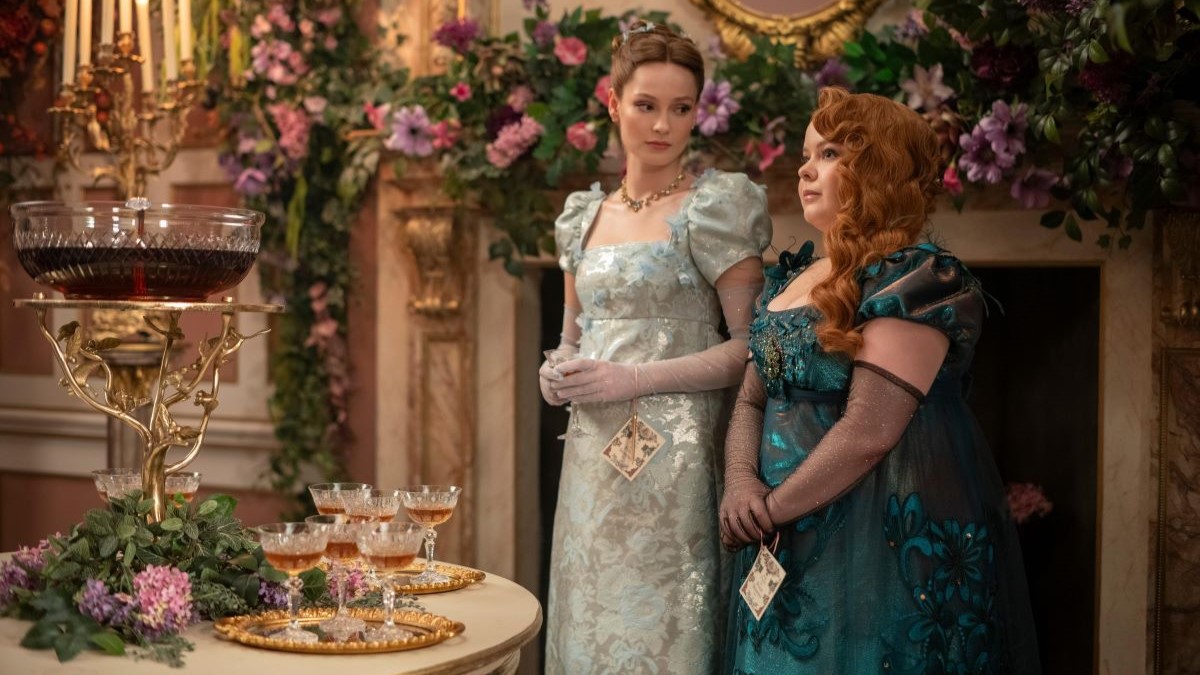Breaking Down the ‘Bridgerton’ Aesthetic

Fans know that Netflix’s smash hit romance series Bridgerton takes place during England’s Regency era (1811-1820). The Regency period is well known as the era when Jane Austen published Pride and Prejudice (1813). But you get the gist—it was an era that often appeared in romance novels.
Empire-waisted dresses in pastel colors were invented long before the Bridgerton series and the Pride and Prejudice movies became hits. The empire-waist dresses, with straightened skirts, are silhouettes that would be popularized during the Regency. Bridgerton has become so popular that the Regency look has been revived as a popular design aesthetic. This trend brought back the loose, empire-waist dresses, lace, silk, and floral patterns. The look wouldn’t be complete without silk gloves, a feathery headpiece, or a bonnet adorned with ribbons or flowers.
Men aren’t left out of Regency aesthetics either. They were expected to wear high collars, waistcoats, tight-fit breeches, and top hats. It looks simple enough, but not everyone can look as dashing as Colin Bridgerton in such a tight and restricting fit.
Other Bridgerton Aesthetic Influences
The aesthetics found in Bridgerton can easily be mistaken for Rococo because of the soft colors, lace, and silks. This is because the Rococo aesthetic was the predecessor of the Regency. It took its fabrics, hats, and laces, but significantly downsized women’s skirts.
The Regency aesthetic is a dead giveaway. Bridgerton also has a mix of cottagecore and classicism. It makes you want to run away from city life to indulge in the beauty of flowers and nature. Better yet, be like Lady Danbury and own a large estate where you can ride horses for hours and do whatever you like. You can ride back to your mansion with classic Greek pillars before dusk settles.
Have a tip we should know? tips@themarysue.com